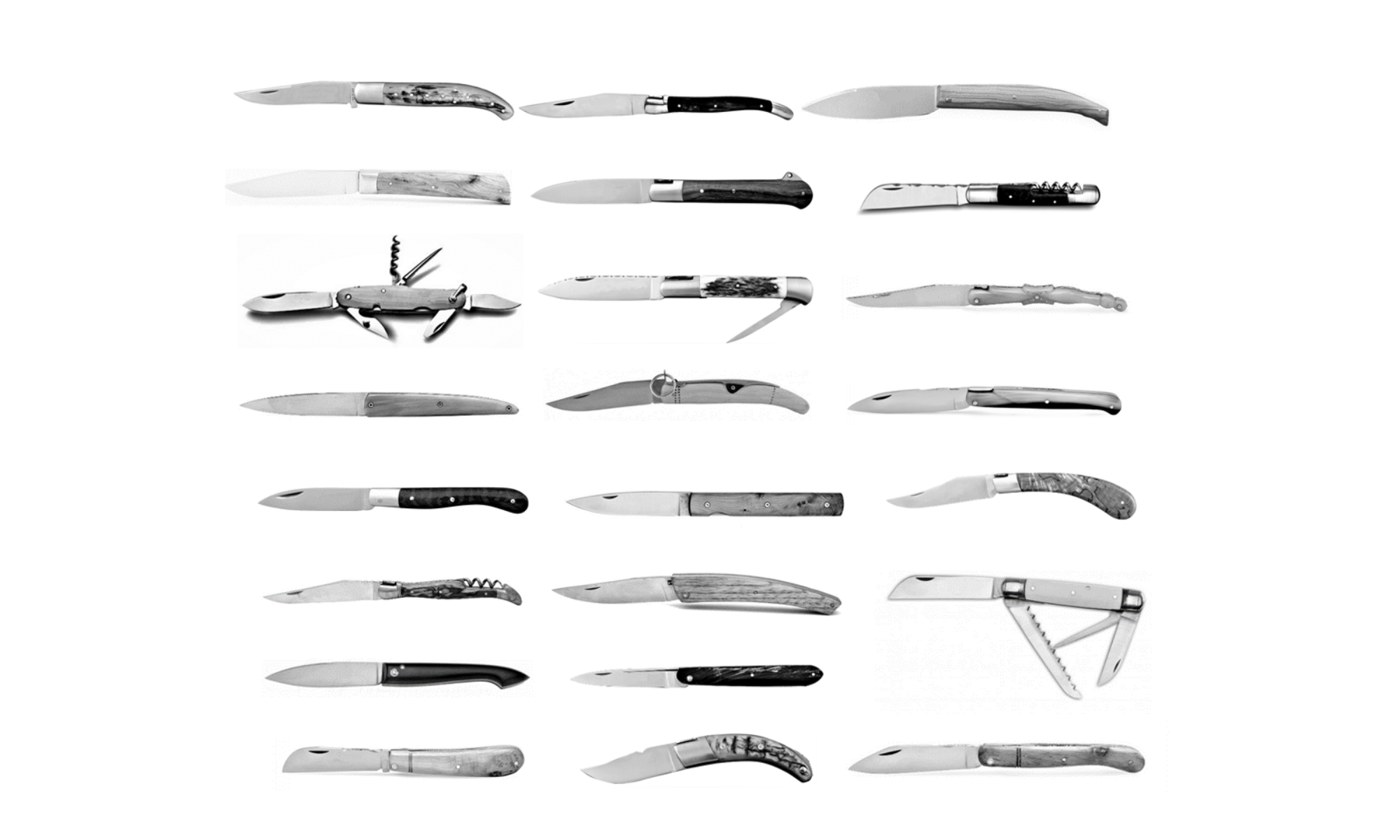
The Eustache was first made in 1789, year of the French revolution, by Eustache Benoit, a cutler from Saint Etienne.

It’s a friction folder, the slipjoints were not very common yet. The blade has no locking system, only the tighness of the pivot keeps it open.
It has a typical and very pronounced clip point blade.

The handle is made of a single piece of wood (like an Opinel or a Montpellier) with a long metallic sleeve, sort of bolster, covering around 2/3 of the handle.

The end of the handle has the shape of a boot, a bit like a jambette knife, to accommodate the tip once folded.

The cheapest versions had the wood blackened in a hot mold.
The knife is rather large per today’s standard and was popular at the time.

It is mentioned in the chronicles “The Mysteries of Paris” by Eugene Sue in 1842. The name even became a generic term for a knife in French slang.
I fell into oblivion with the advent of the slipjoints by the mid Nineteenth century but was revived for the celebrations of the 200 years of the French revolution.

Today, Thiers Issard is using some old stock and is making a re-edition true to the original shape and size with a boxwood handle and a sleeve engraved with a French revolution theme.

A real piece of history, testament of what was a folding knife some 235 years ago!

Find some on https://knives-of-france.com/























































































































Extremely interesting knife, beautiful design. If you’re only slicing and the pivot is nice and tight I find that friction…